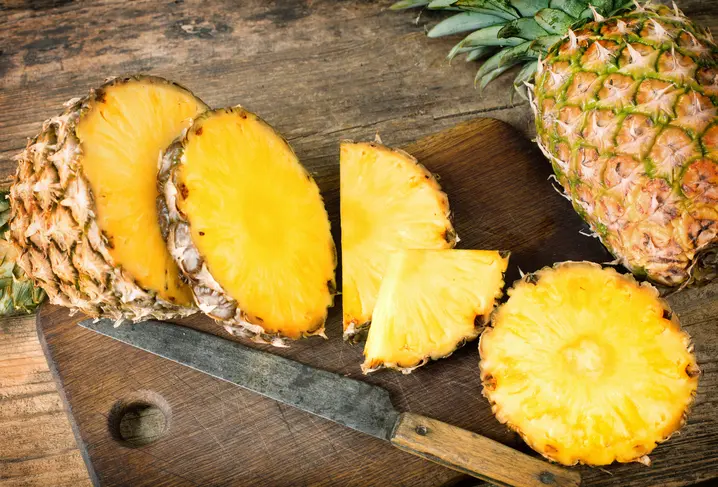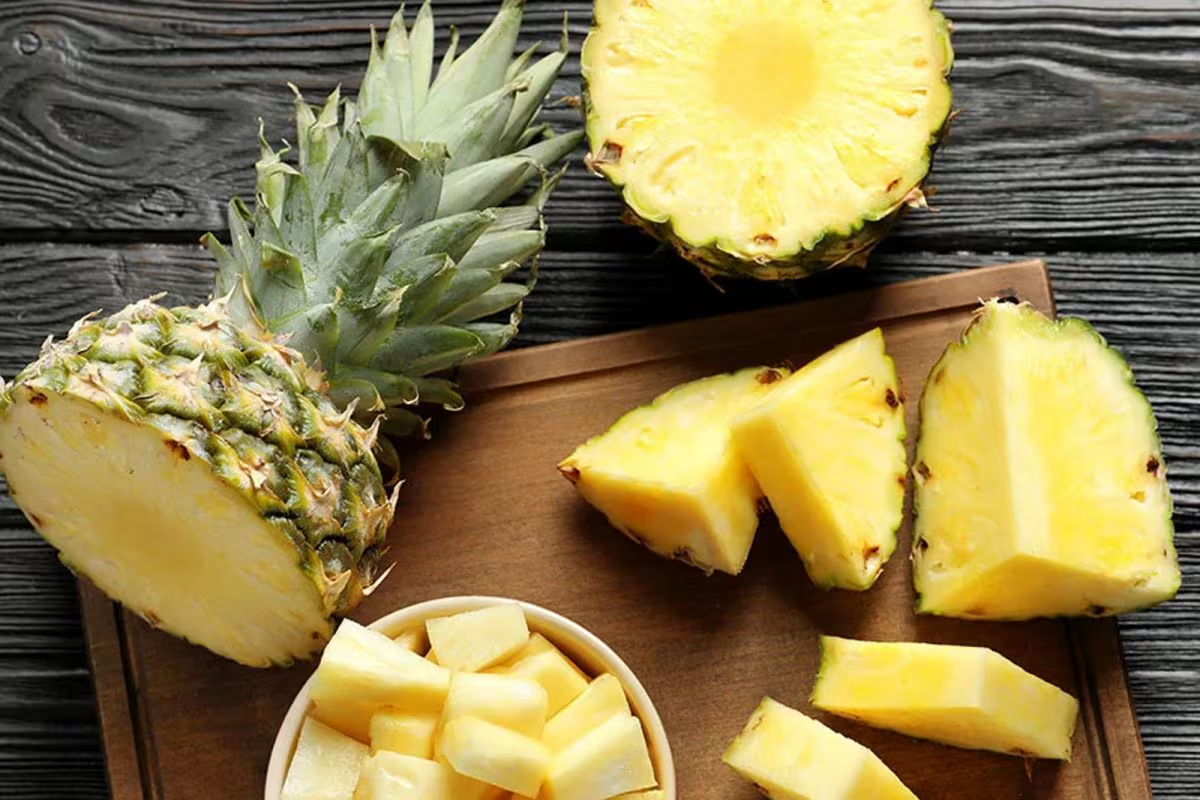A Symbol of Opulence
Before the ubiquitous presence of canned pineapple rings and tropical fruit salads, the pineapple held a very different status. In 17th and 18th century Europe, this spiky, golden fruit was an extreme rarity, a botanical marvel that defied the cold climates. Importing them from the distant tropics was a costly and perilous endeavor, often resulting in spoilage during the long sea voyages. The sheer difficulty in obtaining a ripe pineapple transformed it into an ultimate symbol of wealth, status, and exotic taste. Owning one, even briefly, was a powerful statement of one's affluence and connections to far-off lands.
The Price of Prestige
The value of a pineapple during this era was astronomical, often exceeding the cost of fine clothing, furniture, or even a small house. Their scarcity created a high demand among the European elite eager to display their worldly sophistication. This intense desire led to the peculiar practice of "renting" pineapples. Wealthy individuals, keen to impress guests at lavish parties and social gatherings, would hire a ripe pineapple for the evening. The fruit would be prominently displayed as a centerpiece, a silent testament to the host's ability to afford such an extravagant item, even if only for a few hours.
A Fruit for Show, Not Necessarily Consumption

Interestingly, the primary purpose of a rented pineapple wasn't always consumption. While some undoubtedly savored the sweet, tangy flesh, the fruit's visual impact was often more significant than its taste. Simply having a pineapple on display was enough to generate awe and envy among onlookers. It was a conversation starter, a tangible representation of luxury and global reach. Once the event concluded, the pineapple would be returned to its owner, ready to be rented out again for another display of borrowed grandeur.
The Pineapple's Democratic Turn

The exclusivity of the pineapple began to wane in the 19th century with advancements in shipping and the development of hothouses in Europe, allowing for local cultivation, albeit still expensive. However, it was the rise of large-scale pineapple plantations in places like Hawaii and the advent of canning technology in the late 19th and early 20th centuries that truly democratized the fruit. Suddenly, pineapples became readily available and affordable, losing their status as a rare and rented luxury. Today, while still enjoyed for its delicious flavor, it's hard to imagine a time when simply displaying a pineapple was a significant act of social one-upmanship.
Recommended

Mediterranean Restaurants Swear By One Rice For Their Signature Dishes

10 Delicious Ways To Elevate Chocolate Mousse

Why Chicken Wings Can Occasionally Look Hairy (And What You Can Do About It)

What's The Best Way To Reheat Leftover Biscuits?
Next up


